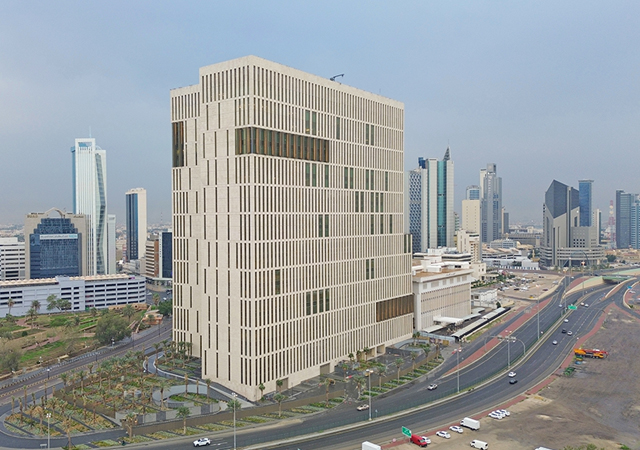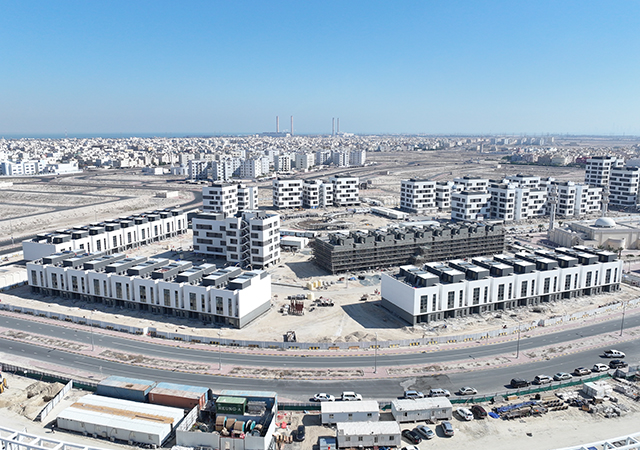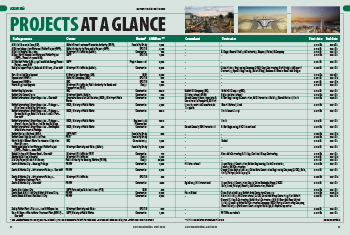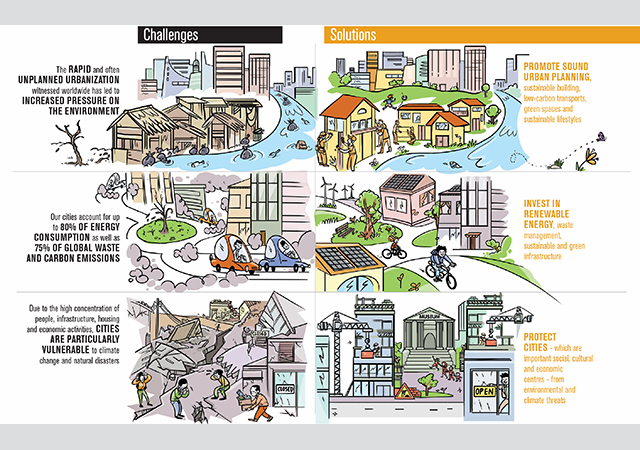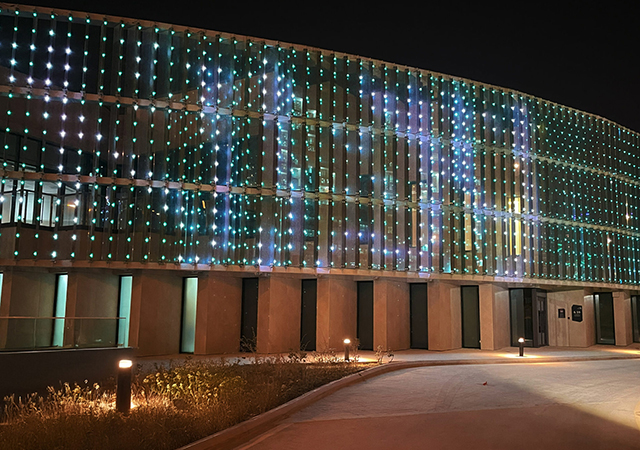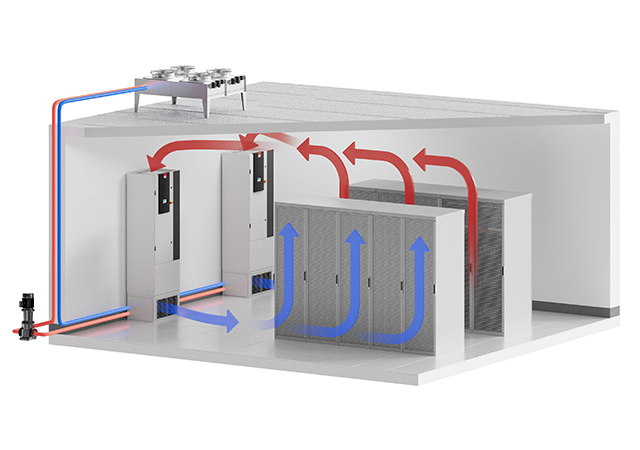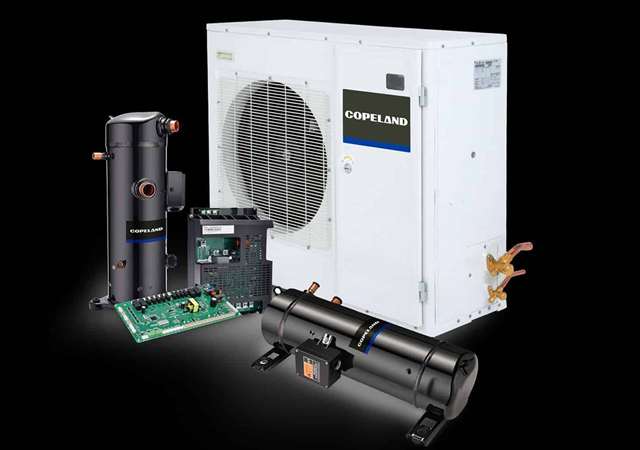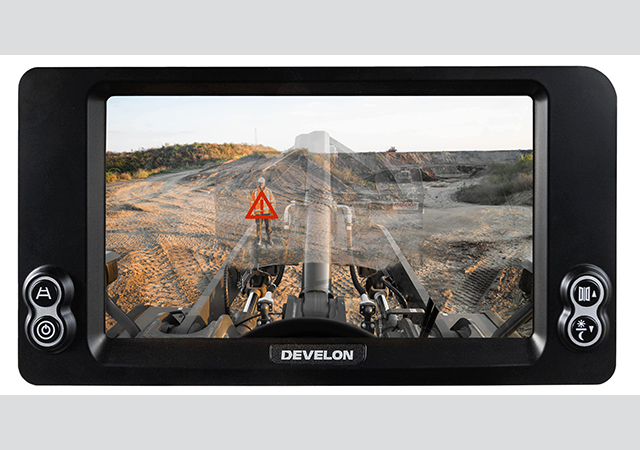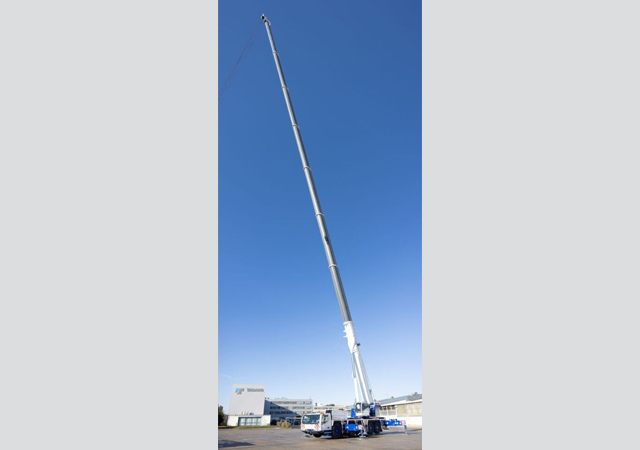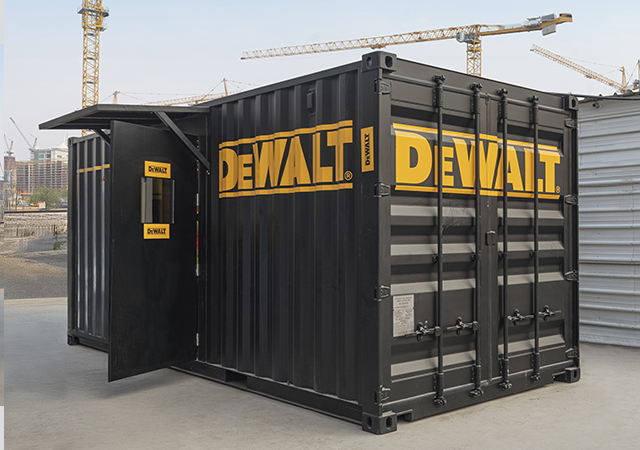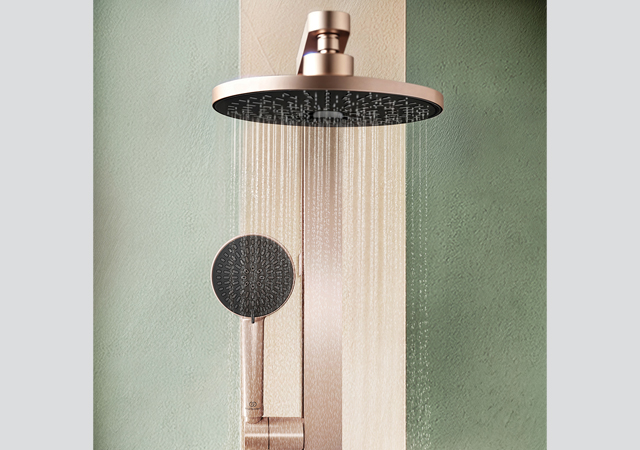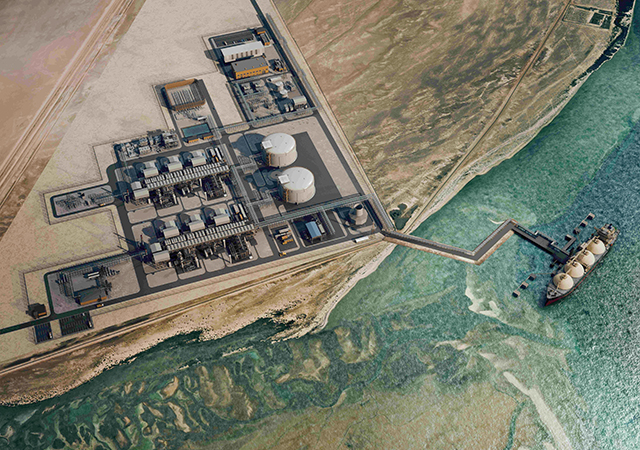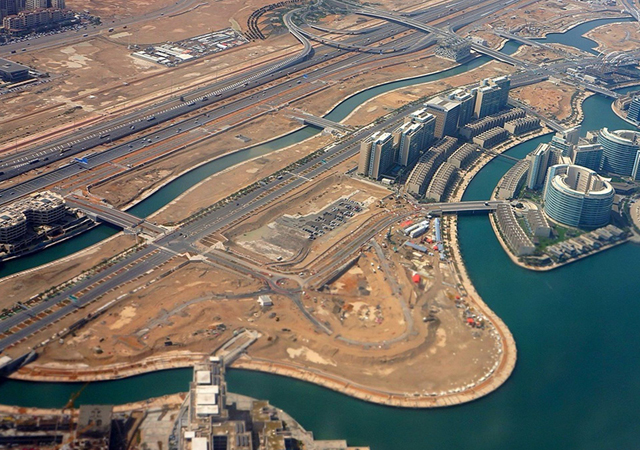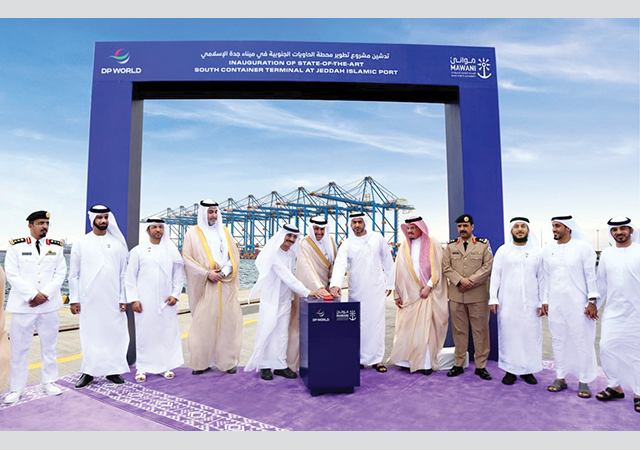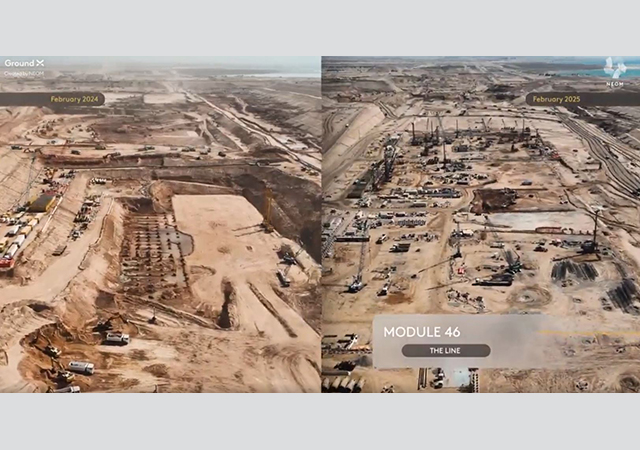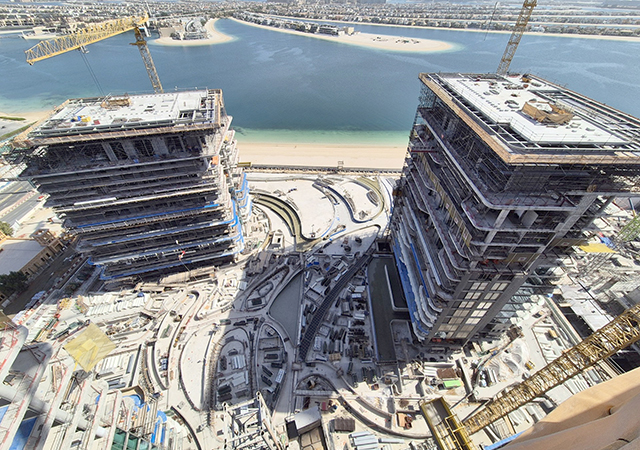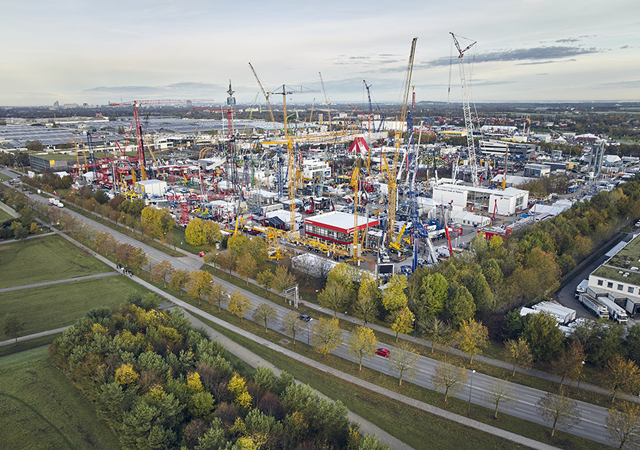
 Load distribution in uncracked concrete (left) and load distribution in cracked concrete.
Load distribution in uncracked concrete (left) and load distribution in cracked concrete.
'The design of reinforced concrete elements for flexure and tension traditionally assumes that the concrete is cracked wherever tensile stresses occur in the concrete. A distinction can be made between cracks that occur before hardening of the concrete and those that occur during the service life of the structure. In the study of fastening systems, the latter case is of primary interest.
It has been suggested that cracks can be caused by tensile stresses due to the restraint of deformations even in regions where compression stresses occur due to external loads. Even when tensile stresses due to restraint of deformations are neglected, the length of the tension zone in continuous beams or slabs subjected to bending can be large compared to the compression zone, if all possible loading cases are considered.
For these reasons, it is often difficult in practice to distinguish clearly between regions of cracked and uncracked concrete in reinforced concrete structures.
Cracking in structural members takes various forms. Cracks may occur in one direction (for example beams, one-way slabs and tension members) or in two directions (two-way slabs). The crack width may be constant over the member depth (tension members) or may reduce as the crack approaches the compression zone (flexural members).
The location of the fastener relative to the crack pattern in a concrete member may affect the behaviour of the anchorage significantly. Experimental investigations have confirmed that expansion anchors placed in a reinforced concrete member may affect the tensile stress distribution in the member so as to attract cracks precipitated by subsequent external loads or imposed deformations. This phenomenon may be explained as follows:
a) Prestressing and external loading of the anchor result in expansion (splitting) forces in the concrete, which cause high tensile stresses in the vicinity of the anchor.
b) The anchor hole acts as a stress riser in the concrete continuum.
c) For two-way slabs and walls supported on four sides, point loads induced by anchors induce high local moments and therefore locally high tensile stresses in the concrete near the anchor.
For anchor types that tend to develop higher splitting forces than torque-controlled expansion anchors (such as drop in anchors), the probability of crack initiation may be assumed to increase. The probability may be assumed to decrease for anchors that develop lower splitting forces (as in undercut and bonded anchors). All fasteners, and in particular larger anchorages loaded in tension, are assumed to develop some degree of splitting tensile forces in the base material due to the development of hoop stresses around the anchorage zone.
Testing of Anchorages
Several test methods have been developed to investigate the effects of cracks on the behaviour of anchorages. Various types of test specimen are used, including bending specimens, tension specimens and splitting specimens for producing intersecting cracks.
In general loading tests with slabs, anchors have been placed in or close to previously produced cracks while the member was in an unloaded state. In tests where embedments were installed or cast in uncracked concrete, crack inducers (wedges) were placed in the member to ensure the desired positioning of the fastener with respect to the crack. Typically the cracks were then widened to the desired width by loading the specimen, and the anchor was loaded to failure in either a load- or a deformation-controlled manner with the crack kept open.
To investigate the effect of cyclic loading on both the member and the anchorage, fasteners have been loaded cyclically with the crack open, or loaded with a constant load and subjected to repeated opening and closing of the cracks. If an anchor did not fail during this test procedure, it was typically pulled out in a monotonic test to assess the residual strength of the anchorage.



